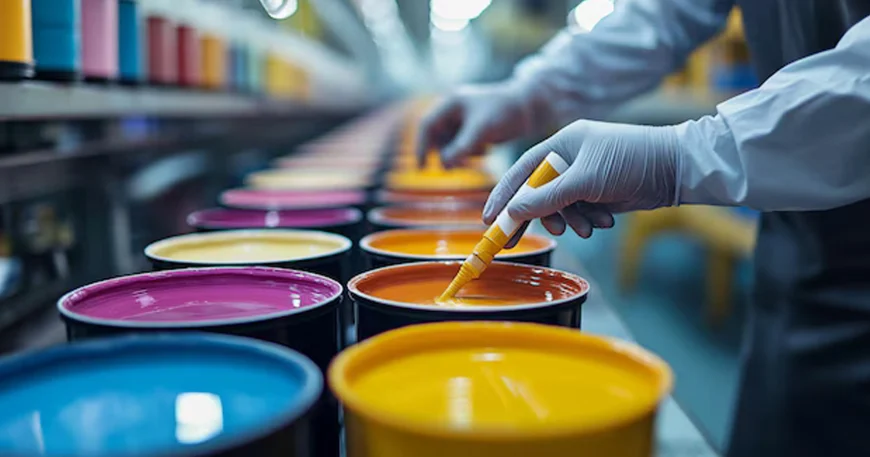Introduction
Paint is not merely a layer of color applied to walls or a decorative element for buildings; it is a reflection of human civilizations throughout history and a living testimony to the progress of science and industry. For thousands of years, humans have used pigments to express identity, protect possessions, and showcase artistic taste. Over time, paints evolved from simple mixtures of minerals and natural oils into sophisticated industrial products that rely on the latest advances in chemistry and technology.
Beginnings with Ancient Civilizations
The history of color use dates back more than 40,000 years, with cave paintings created from natural pigments such as charcoal and iron oxides.
-
The Ancient Egyptians: Pioneers in pigment making, they used mineral oxides to produce long-lasting colors still visible today on temples and tombs. They also created paints made of clay, minerals, and plant oils.
-
The Greeks and Romans: Relied on lime mixed with natural pigments to decorate buildings and statues. Colors were symbols of strength and luxury, with palaces and public baths richly adorned.
Evolution of Raw Materials
Over centuries, humans discovered new materials to enhance durability and color stability.
-
In the Middle Ages, linseed oil became a key ingredient in oil-based paints, revolutionizing finishes for interiors and exteriors.
-
By the 18th and 19th centuries, the development of industrial chemical pigments allowed for brighter, more diverse colors to be produced on a large scale, meeting the needs of growing urbanization.
The Industrial Revolution’s Impact
The Industrial Revolution in Europe marked a turning point for the paint industry:
-
Factories began producing paints in bulk to supply the booming construction sector.
-
Grinding and mixing machines improved product quality and color consistency.
-
Specialized paint companies emerged, establishing quality standards and building recognized brands.
The Modern Era and Technology Integration
The 20th century introduced more complex and innovative paint formulations:
-
Synthetic polymers and resins enhanced flexibility, weather resistance, and durability.
-
Water-based paints emerged as healthier, eco-friendly alternatives to solvent-based paints, reducing harmful emissions.
-
Specialized coatings expanded into diverse fields, including:
-
Fire-resistant paints.
-
Antibacterial paints for hospitals.
-
Epoxy coatings for industrial floors.
-
Innovation and the Future
Today, digital technology and artificial intelligence are reshaping the industry:
-
Nanotechnology-based paints: Provide superior protection against scratches and dirt.
-
Smart paints: Capable of changing color with temperature or light.
-
Eco-friendly solutions: Development of recyclable, sustainable paint formulations.
Conclusion
The evolution of paint manufacturing mirrors humanity’s journey itself — from primitive cave drawings to cutting-edge smart coatings that combine beauty, protection, and sustainability. With rapid technological advancements, the future of paint will go beyond aesthetics to become an intelligent solution that interacts with our environment and enhances everyday living.


